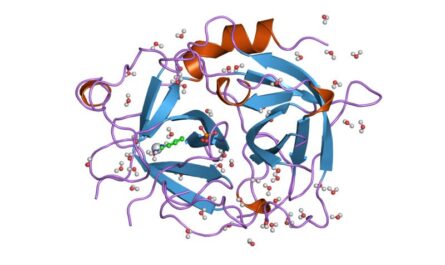
Introduction
Cardiac implants refer to medical devices that are implanted inside the body to treat various heart conditions. Over the years, there have been significant advancements in cardiac implant technologies which have transformed the treatment of heart diseases. In this article, we will discuss some of the commonly used cardiac implants and how they are helping patients live longer and healthier lives.
Pacemakers
One of the most widely used cardiac implants is the pacemaker. A pacemaker is a small, battery-operated device that is surgically placed under the skin of the chest to help regulate abnormal heart rhythms. When the natural pacemaker of the heart, known as the sinoatrial (SA) node, malfunctions and causes a slow heartbeat, a pacemaker takes over its role by generating electrical impulses to stimulate the heart and coordinate its contractions. Pacemakers can function on demand by sensing the heart’s rhythm and delivering impulses only when necessary. Some advanced pacemakers also have the ability to adapt heart rate based on patient activity and body position. Pacemakers have revolutionized the treatment of bradycardia and are helping millions of people worldwide lead active lives.
Implantable Cardioverter Defibrillators
Another commonly used cardiac implant is the implantable cardioverter defibrillator or ICD. An ICD is similar to a pacemaker but has additional functions to treat dangerous abnormal heart rhythms called arrhythmias. In conditions like ventricular fibrillation where the heart beats irregularly and too fast, an ICD delivers an electric shock to restore normal heart rhythm. It can detect arrhythmias and convert the abnormal rhythm back to a normal pace by delivering either electric pulses or shocks depending on the type of arrhythmia. ICDs have significantly reduced sudden cardiac deaths from conditions like ventricular tachycardia.
Cardiac Resynchronization Therapy
Many patients with heart failure suffer from desynchronized heartbeats where the different chambers of the heart don’t contract in a coordinated manner. Cardiac resynchronization therapy or CRT aims to restore synchronicity in heartbeat using specialized pacemakers called biventricular pacemakers (BiV pacemakers). A BiV pacemaker has leads placed in both lower chambers – left and right ventricles, of the heart along with the right atrium. It delivers electrical impulses to both ventricles in a synchronized way to increase their pumping efficiency. CRT has been found to increase functional capacity and quality of life in patients with severe heart failure and ventricular conduction delays.
Left Ventricular Assist Devices
Advanced heart failure requiring a heart transplant can now often be bridged using a left ventricular assist device or LVAD as a destination therapy. An LVAD is an implantable mechanical pump placed inside the body to help the weakened left ventricle pump blood to the rest of the body. The inflow cannula draws blood from the left ventricle and the outflow cannula pumps oxygenated blood into the aorta. LVAD therapy has enabled many end-stage heart patients to return to active lifestyles while they await transplants or as a permanent solution in some cases. LVAD therapy outcomes are continuously improving due to technology innovations.
Cardiac Valves
Diseased heart valves causing conditions like mitral regurgitation and aortic stenosis require replacement with prosthetic valves. Transcatheter aortic valve replacement or TAVI is a miniaturized heart valve replacement procedure performed through catheterization rather than open-heart surgery. In TAVI, a collapsed prosthetic valve is delivered through a catheter into the diseased native aortic valve where it self-expands into place. TAVR has made valve replacements safer and less invasive for high-risk surgical patients. Surgical bioprosthetic and mechanical heart valves are other options to repair or replace deficient valves.
Conclusion
Cardiac implant technologies have revolutionized the treatment of various heart conditions. From pacemakers regulating abnormal rhythms, to defibrillators preventing sudden death and assist devices enhancing pumping ability – implantables have significantly extended life expectancy and quality for millions worldwide. Ongoing research promises even more advanced implant solutions with minimal invasiveness. Cardiac implants mark a tremendous success story of biomedical engineering improving human lives.
*Note:
- Source: Coherent Market Insights, Public sources, Desk research
2. We have leveraged AI tools to mine information and compile it


